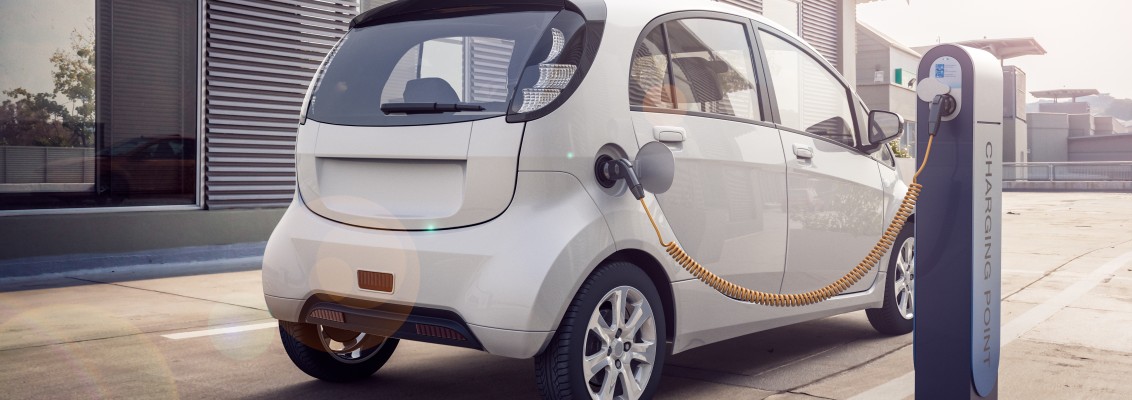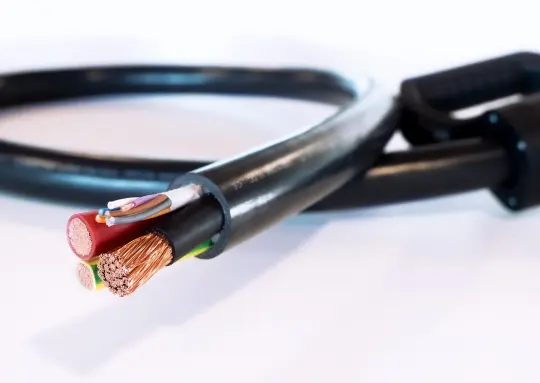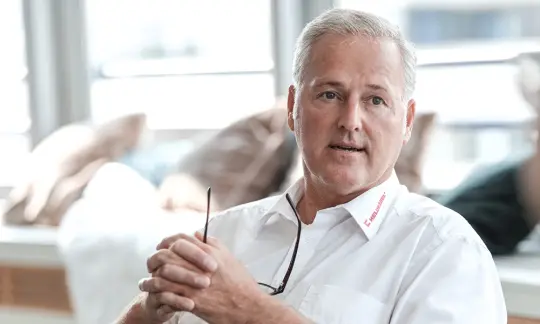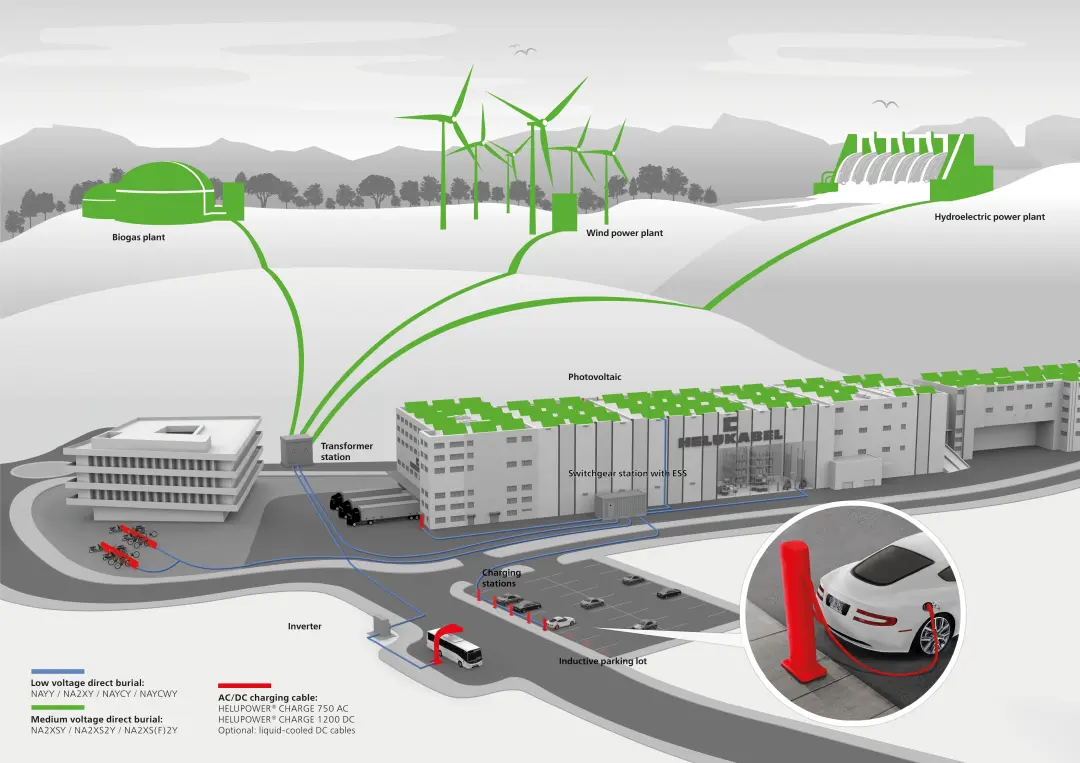"There is no good reason to wait any longer!"
Mobility is possibly undergoing the greatest period of change since the invention of the automobile: the transition to electric vehicles. In the interview below, Uwe Schenk, Global Segment Manager E-Mobility & Renewable Energy at HELUKABEL GmbH, explains the challenges that need to be overcome - and the role that cables and wires play in moving the industry forward.

Mr Schenk, the expansion of e-mobility is seen as a critical building block in meeting climate targets. What is your view on the progress made in Germany and Europe?
Electromobility has gained strong momentum in Germany. The automotive industry now offers a wide range of electric vehicles. Cities and municipalities have also recognised the need to build nationwide charging infrastructure. However, we are still in "slow motion mode" when it comes to implementation and far from reaching our goal.
Due to the war in Ukraine, petrol prices have risen significantly in recent months. In your opinion, does this put more pressure on the automotive industry and drivers to transition to e-mobility at an even faster rate than planned?
The current situation in Eastern Europe painfully reveals the failures of the past. People have been talking about an energy revolution for years - but until now, these have been empty words. Wind energy, for example, is crucial to the success of the energy transition, but it has been seriously ignored and must re-emerge as a focus area. Our primary goal must be to substitute all vehicles that run on fossil fuel. The transport sector in particular is heavily dependent on fossil fuels. A truck consumes up to five times more diesel than a car! Therefore, we need to switch to hydrogen drives for long-distance transport and electric drives for short-distance travel as soon as possible. There is no good reason to wait any longer.
What technical or organisational obstacles need to be overcome for the widespread adoption of e-mobility in this country? Which countries are perhaps already ahead of Germany in this effort, and what can we learn from them?
I don't see any insurmountable hurdles - but it won't be easy to achieve nationwide e-mobility either. It will be more challenging in cities and urban areas than in the countryside, because not everyone can park and charge their car in front of their house. Nevertheless, there are innovative solutions to improve the availability of energy - for example, energy storage systems that can be used to create decentralised charging options. First and foremost, it is necessary to overcome the barriers in people's minds for the adoption of this new technology and to break away from existing structures. An example of an obstacle is the high purchase price of vehicles: e-cars must be affordable for the masses. The automotive industry is currently targeting buyers in the middle and upper classes, so there is an urgent need to react. As long as the combustion engine is considerably cheaper, people will continue to buy it. There are some countries that are miles ahead of Germany in e-mobility. In cities in the Netherlands, for example, a significant percentage of local public transport has already been converted to electric buses. We are seriously falling behind and can certainly learn from our neighbours.

What are the roles of cables and wires in e-mobility? How can the appropriate cables and wires help in driving the technology forward?
DC charging technology in particular requires very high currents that are transmitted to the vehicle via a charging cable and the appropriate plug. In principle, this is not a problem for the cable - however, its dimensions are limited by the size of the plug. The outer diameter of the cable is predefined, and so are the maximum cross-sections of the copper conductors. Powerful charging stations are therefore equipped with active cooling systems. The cooling fluid is fed through the charging cable and cools the copper conductor so that it can transmit higher currents. The contacts of the plug are also cooled by this circuit in order to transmit the high currents in the smallest amount of space possible. This technology requires a sophisticated design of the liquid-cooled cables.
Which specific requirements must be met by cables and wires in e-mobility applications?
Technological advances would not be possible without the continuous product development of cables and wires. In non-static applications, it is always a challenge to transfer electric energy and to realise interference-free data communication. The demands on cables and wires in e-mobility are very high: the traditional charging cable at the charging station must be mechanically very resilient, function reliably for years and withstand frequent alternating bending cycles. In the maritime sector, there are applications in which cables must be reelable and torsion-resistant at the same time. There are also charging functions that are delivered via energy chains.
E-mobility projects often require sophisticated tailor-made solutions. In your opinion, what makes the development of such special cables particularly impressive?
With our production facilities around the world, we can develop and implement tailor-made solutions together with our customers. For example, we produce complex hybrid cables that are used in the electrification of industrial trucks - or between power and charging units to make the installation of charging technology on site as simple and quick as possible. Our capability to manufacture cables with outer diameters of up to 70 millimetres, cross-sections from 0.14 mm² to 400 mm² and the integration of BUS and fibre optic elements are particularly impressive to me.

Look into the crystal ball: What do you think mobility will look like in ten or 20 years?
The demand for mobility remains unbroken and will remain unaffected by the upcoming profound changes in the mobility sector. Battery-powered electric vehicles, plug-in hybrids and fuel cell vehicles will dominate the road scene - and many of them will already be autonomous. I look forward to this development, to less noise and cleaner air. If climate protection rather than maximising the industry’s profits is at the forefront, then e-mobility will be a success.

